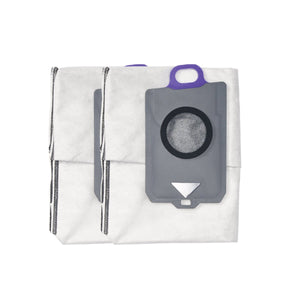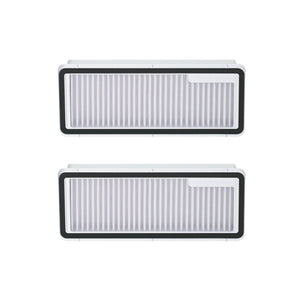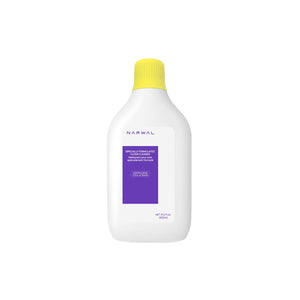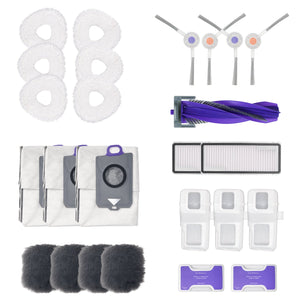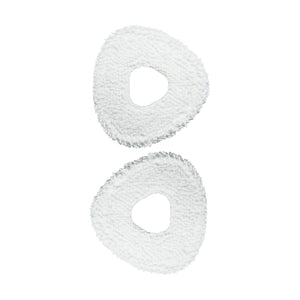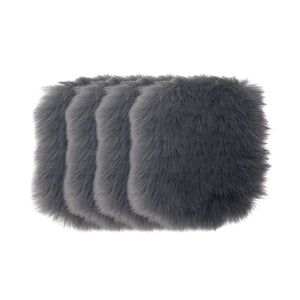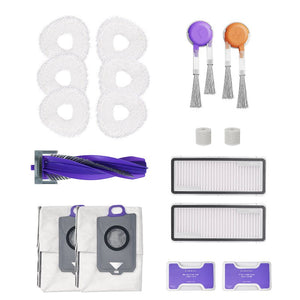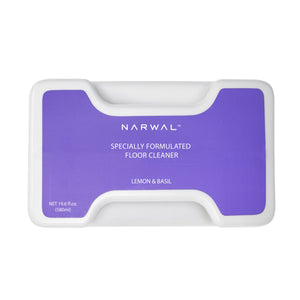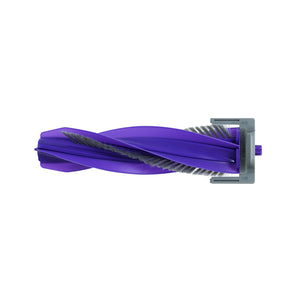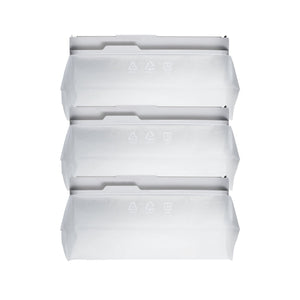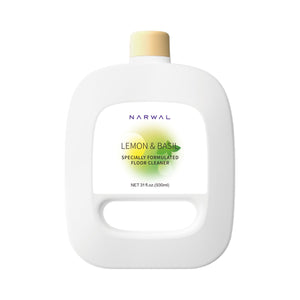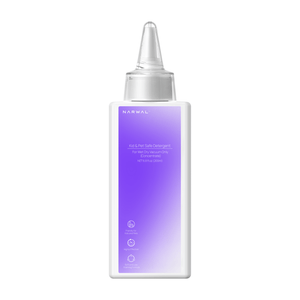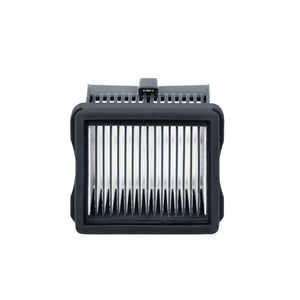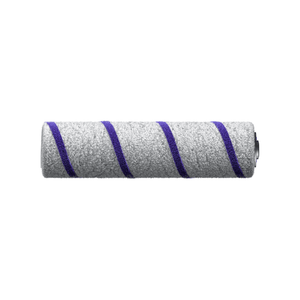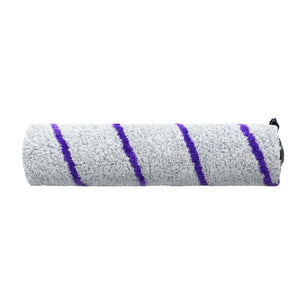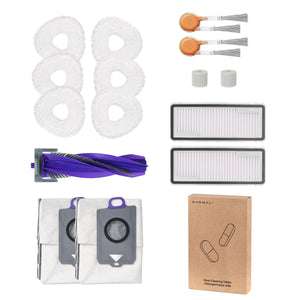Clean floors are fundamental to a well-kept home and play a significant role in maintaining your family's health. But how Often Should I Mop My Floors?
Mop high-traffic areas like kitchens, bathrooms, hallways, and entryways weekly. For less-used rooms, like formal living areas and guest rooms, mop every other week or monthly, but vacuum them weekly to remove dust and grit. If you have a robot vacuum, you can run it daily; it’s very automatic and smart.
So, how often you should mop your floors depends on various factors, including foot traffic, type of flooring, presence of pets and children, and your home's location. This article provides practical guidelines tailored to different floor types and specific household needs.
Factors Influencing Mopping Frequency
Generally speaking, there are a few factors that largely influence the frequency of mopping, and some of these factors are as follows:
Foot Traffic
High-traffic areas like the entryway, kitchen, and bathrooms should be cleaned more often. If you have pets, lots of dust, or children who play on the floor, mopping several times a week or even daily might be necessary.
Type of Flooring
The type of flooring in your home can affect how often you need to mop. For example, tiled floors usually require more frequent mopping than wood or laminate. This is not just because grime shows up on the tile but also because dirt and dust collect in the grout lines, making the floor look dirty and hard to clean.
On the other hand, sealed wood floors can be mopped less often since the seal resists stains and moisture, but at the same time, this type of flooring must be moped carefully to avoid causing damage.
Light or very dark flooring also shows dirt more quickly than medium-colored flooring. This might lead to more frequent mopping to keep your floors looking clean and tidy.
Lifestyle and Habits
Your lifestyle and habits can affect how often you need to mop your floors. For example, if you have a pet or children or usually bring dirt inside, you'll need to mop more frequently. If you're often away or your home isn't very busy, you can mop less often.
Overall, homes with pets and children often need more frequent mopping to maintain cleanliness and hygiene.
Location
When it comes to mopping, your location plays a central role in dictating the frequency of the mops. For instance, urban homes might deal with more dust and pollutants, whereas rural homes might contend with mud and debris, especially during rainy seasons. Also, climate and weather conditions impact how often you should mop.
Signs It’s Time To Clean Your Floors

Not sure if it's time to mop your floors? Here are some signs they need cleaning:
- Visible dirt or smudges
- Pet dander or fur
- Sticky spots
- Dingy or muted floor color
- Dirty grout
- Allergies acting up
- Unpleasant air smell
Mopping Tips For Sparkling Clean Floors

Now that you know the best mopping schedule, use these tips to do a great job.
Take Care of Your Mop
A mop is useful only if you take good care of it. You need to clean and disinfect it, then let it dry before storing it. Otherwise, it can become a breeding ground for bacteria and germs, but this is a lot of work, right? Instead, you could replace this tedious process with our robot mops.
Unlike a traditional mop, a robot mop does the job so perfectly without supervision. Plus, you don’t have to disinfect and dry after use. It does all this by itself.
Choose a Mop with Renewable Heads
We suggest using mops with removable heads or mop pads that can be thrown away or washed. This is because washable mop heads can be sanitized more easily than string or sponge mops.
Use Different Mops for Different Areas
To keep your home extra clean, use different mops for different parts of the house. For example, always use one mop for the bathroom and a separate one for the kitchen. This helps prevent cross-contamination.
Spraying the Floor is Better than Dipping the Mop in Water
Instead of using mop buckets where you dip the mop into dirty water, it's smarter to spray the cleaning solution directly onto the floor or mop head. Then, you can replace the mop head when it gets dirty.
Vacuum your floors often to reduce how much you need to mop.
If you deal with stains right away, you'll keep your space clean and save time scrubbing later. Also, remember to change your air filter regularly for better dust and air quality at home.
On this note, we advise using either the Narwal Freo X Ultra or the Narwal Freo X Plus.

Tips For Extending Time Between Mop Sessions
We all dread mopping frequently, even though it is recommended. As such, whatever works to extend that time between your mops can be a lifesaver. So, these are some simple tips to help you go longer between mopping sessions:
First, regularly sweep or vacuum your floors to keep them clean and free of debris that could harm them. Pick up crumbs, hair, and other messes as soon as you spot them to maintain a tidy look.
Secondly, deep clean your floors periodically with a vacuum mop to extend the time between wet mopping sessions.
Thirdly, clean up spills right away to prevent water damage or stains on your floors.
Last but not least, place two doormats at each entrance — one outside and one inside to stop dirt and dust from getting in, keeping your floors cleaner for longer.
How to Prepare for Mopping
Before you start mopping, make sure to sweep or vacuum your floors. This helps to avoid spreading dirt and germs around. Use a flat-head mop with several mop pads. While many people use a mop wringer, it actually makes things worse.
Conclusion
Clean floors are essential for a healthy living environment. Factors such as foot traffic, flooring type, pets, children, and location influence how often you should mop. Adhering to specific guidelines for different floor types and household needs ensures effective cleaning.
Establishing a mopping routine tailored to your household's unique circumstances will keep your floors pristine and contribute to a healthier home. Whether weekly mopping for hardwood or bi-weekly for tiles, find a schedule that works best for you and stick to it for optimal results.
Alternatively, you can always follow Narwal on its socials and website to get tips about mopping and the models of robot mops.





















